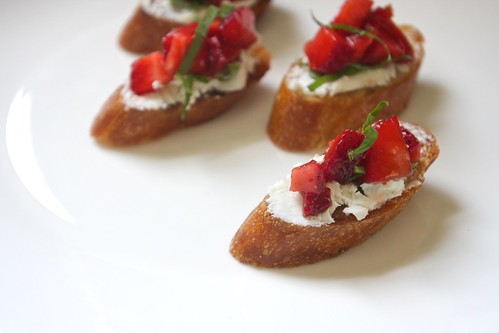With
the end of the spring semester quickly approaching, many of us will be purging
our left over dining dollars at the convenience store in the effort to use them
all before summer. Ursinus loads the C-store with everything a college student could crave—from soda to Reese’s candy to Doritos—but they also stock it up
with options that are much more environmentally sustainable and healthy in comparison.
Today we will help you navigate the C-Store and identify the goodies
available for an environmentally-conscious bear like you!
Tips:
Certifications
Look
for certifications on packages that indicate products meet various sustainability-related standards such as organic, non-GMO, fair trade, rain forest
friendly, etc. Here are some examples:
Less is more!
Check
out the ingredients on the back of product packaging. Generally, fewer ingredients means less processing. The planet takes a toll for the processing
of food products as it usually requires more transportation and fuel and
consequently emits more greenhouse gasses and creates more waste. When considering
the environment within our C-Store purchases, aim to buy foods with four
ingredients or less. Also, the more natural the ingredients are, the better.
Not being able to pronounce a certain ingredient or not knowing what one is
can serve as red flags indicating highly processed foods as well. However, these could also be vitamins and other micro ingredients. Use your cell phone to quickly look up questionable ingredients to figure out how much processing goes into it!
Eat plants for your
planet
As we
have stressed many a times on this blog, a diet of plant-based foods is an
ideal way to eat for the well-being of the environment. Meat, animal products,
and their production processes, provide us with inefficient sources of food in
regards to our plant, water, and land resources (to name a few). In addition,
animal agriculture is a huge greenhouse gas emitter and cause of other types of pollution.
When buying snacks, try to stick to plant-based options. This is typically very
easy to do, and you most likely have some vegan favorites already, but
sometimes animal products can make an appearance without us noticing it. This
applies especially to dairy products. Dairy can be present in several forms
besides the obvious of milk and cheese. These include lactose and whey, a sugar
and protein derived from milk, respectively. Look for these while you are
checking out the ingredients in your snacks before you buy them. If you are
still not sure, the allergy information provides a great short cut,
since it will identify if the product contains milk.
Look for brands you
can identify as local!
Hungry?
Annie’s Mac n’ Cheese
Macro a Vegetarian: Thai dumplings, pad Thai, sushi, sesame noodles, etc.: Locally sourced, made in Monroe Township, NJ.

Channa Masala: No
certifications, but it is vegan and made with some non-GMO ingredients.
Mary’s Gone Crackers crackers and pretzels: USDA certified organic, non-GMO verified, what and
gluten-free, nut-free, whole grain
Cliff Bars: Rain
forest alliance certification, 70% organic ingredients, vegan
Tostito’s
organic blue corn tortilla chips: USDA certified organic, non-GMO verified,
three ingredients
Late July Organic
tortilla chips: USDA certified organic, non-GMO verified, 100% whole grain,
zero trans-fats, lower sodium. Be on the lookout for some flavors that have
seasoning contain whey though.
Drinks
Naked Juice (various flavors):
Non-GMO verified, 100% juice
Aloegloe (lemonade,
crisp aloe, white grape, coconut): USDA certified organic, sourced in North
America and produced in California
 Rosenberger’s Dairies
milk: If you choose milk, Ursinus provides us with a pretty good choice as
the brand carried in the C-Store is local, from Hatfield, PA.
Rosenberger’s Dairies
milk: If you choose milk, Ursinus provides us with a pretty good choice as
the brand carried in the C-Store is local, from Hatfield, PA. Newman-O’s:
A great substitute for Oreo’s because they are made with organic flour and
organic sugar. They are also vegan, believe it or not!
Newman-O’s:
A great substitute for Oreo’s because they are made with organic flour and
organic sugar. They are also vegan, believe it or not! Lucy’s Cookies (ginger snap and chocolate chip):
Many organic ingredients, non-GMO verified, vegan certified, kosher certified,
nut-free, gluten-free
Lucy’s Cookies (ginger snap and chocolate chip):
Many organic ingredients, non-GMO verified, vegan certified, kosher certified,
nut-free, gluten-free
Bark
thins snacking chocolate (pretzel, almond, mint): fair trade certified,
non-GMO verified, vegan















